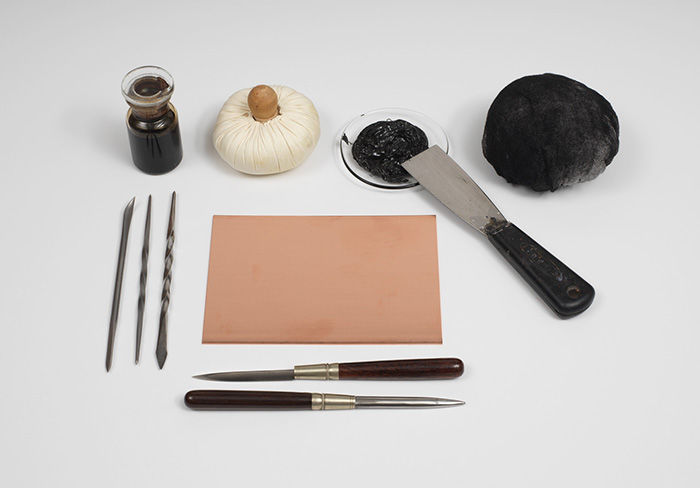The Terrace, Cintra
Sir Francis Seymour Haden British
Not on view
Seymour Haden was the unlikely combination of a surgeon and an etcher. Although he pursued a very successful medical career, he is mostly remembered for his etched work as well as for his writings on etching. He was one of a group of artists, including James McNeill Whistler (1834–1903) and Alphonse Legros (1837–1911), whose passionate interest in the medium led to the so-called etching revival, a period that lasted well into the twentieth century. The extolling of etching for its inherent spontaneous qualities reached its pinnacle during this time. While the line of the etching needle, Haden wrote, was "free, expressive, full of vivacity," that of the burin was "cold, constrained, uninteresting," and "without identity."
Walkway of a terrace, stone walls with trelised vine on either side.
"State I (Da, 2 impressions; H1). Large, coarsely hewn rocks form a wall which supports a trellised vine; an alley passes under the trellis towards, presumably, a tank built of the same rock. In the distance on a tall wall are several large gourds. With the inscription 'Seymour Haden 1877' (D, l.l.)."
[Source: Schneiderman, p. 345]
"Published State: First.-'Seymour Haden 1877.' The titles of these two plates were unfortunately reversed by Sir William Drake in his Catalogue."
[Source: Harrington, p. 97]

